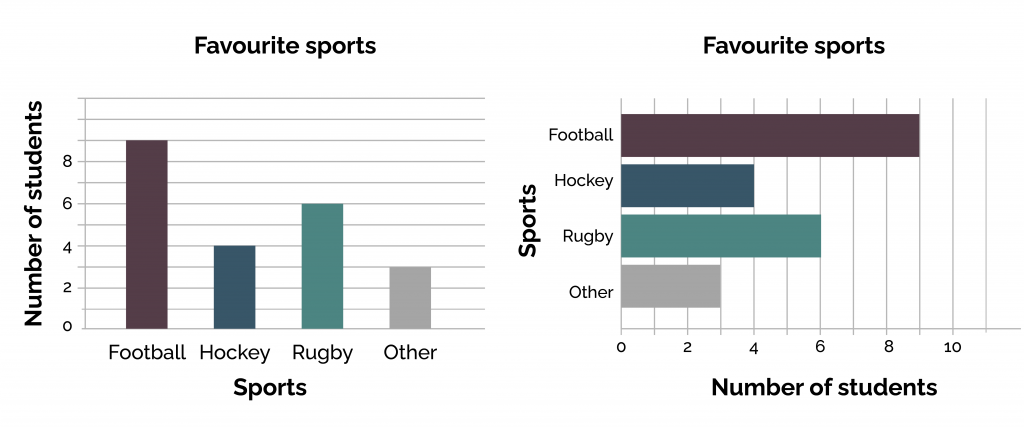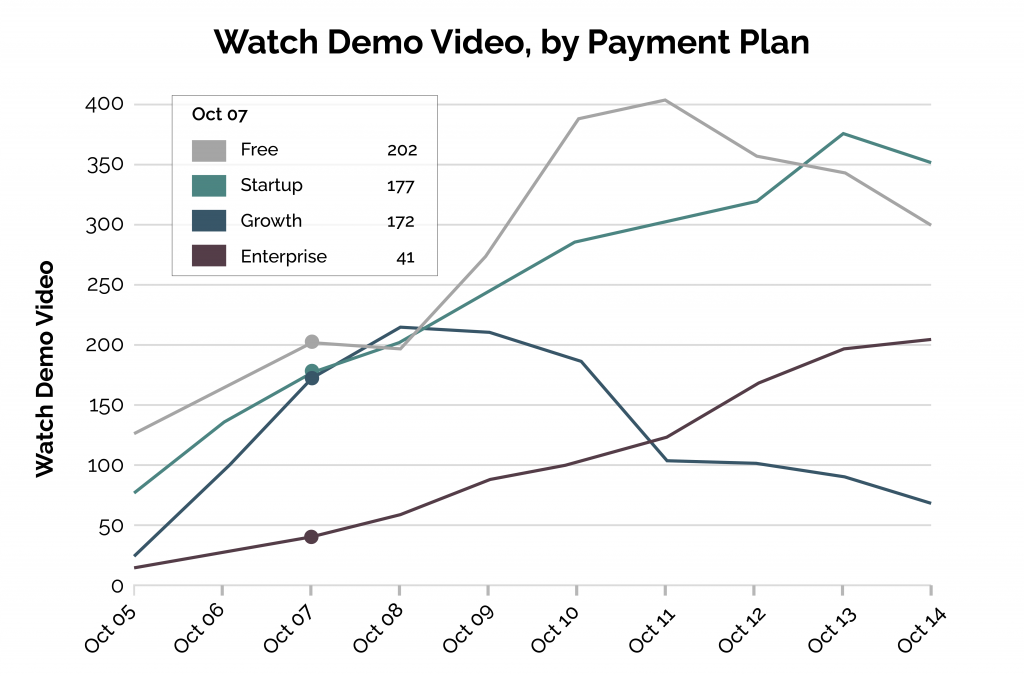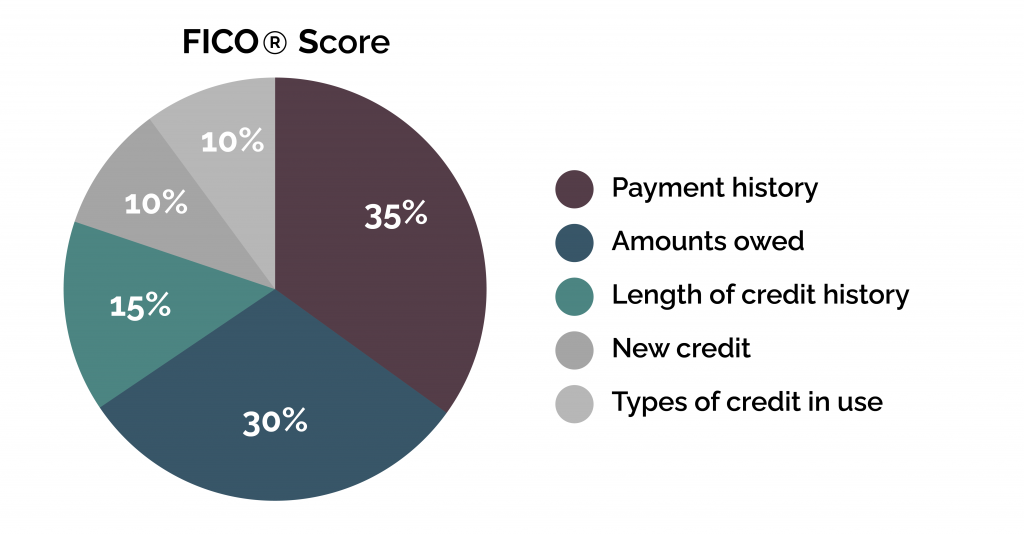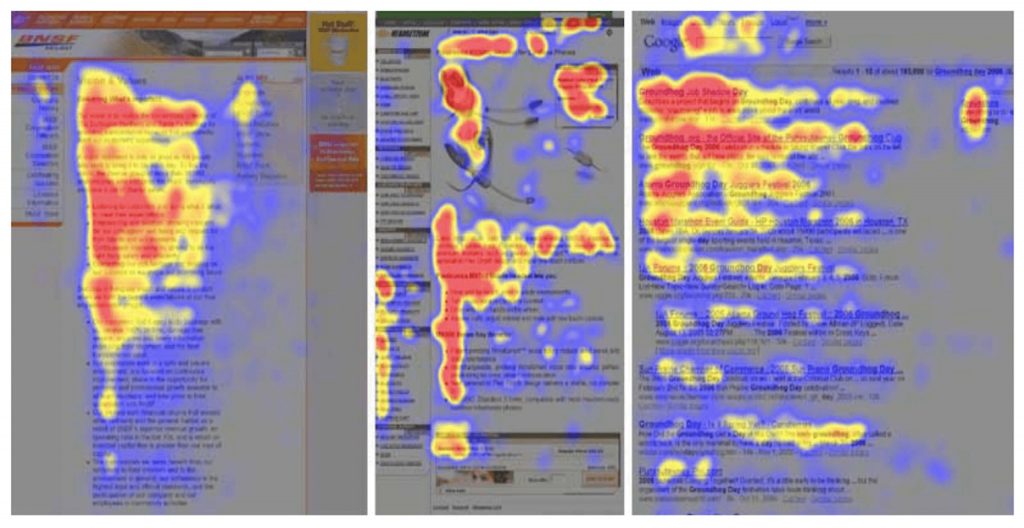In today’s digital world, the number of connected devices that generate data has increased exponentially. Recent research by IDC revealed that the global data volume would reach 163 trillion gigabytes by 2025. With more businesses relying on this data for decision-making, the design of business dashboards has gained prominence in the past decade. UX designers often need to coherently and visually communicate quantitative data to their teams and users. Thus, it’s paramount for them to follow the best practices in making data representations engaging. With the power of data visualization, UX designers can create effective analogies that can simplify complex datasets for human minds.
At Radiant Digital, we help clients make the most of their business data by leveraging data visualization in UX. In this blog, we focus on how data visualization is a crucial enabler for decision-makers to simplify concepts, identify new patterns, and obtain actionable insights for better decision-making.
What is data visualization?
Data visualization is a representation technique that involves restructuring datasets to obtain actionable insights. It uses graphs, charts, images, and other formats to convey complex ideas and logic better. UX designers must familiarize themselves with visualization to best represent data in their designs.
What does data visualization offer?
- Simplicity: Data visualization simplifies data analysis by converting data into color bars, lines, circles, and other visual attributes. The human brain can comprehend different datasets by converting them into easy-to-understand and communicating trends, patterns, behaviors, and conclusions.
- Fidelity: For a given context, a colored chart/graph can enhance the quality of your UX design, including its look and feel. On the other hand, data tables make data hard to understand by individuals who are not experts.
Benefits of data visualization
- Data simplification: A large volume of unstructured data can seem overwhelming for users. Data visualization makes it easy to comprehend by blending pie charts, graphs, line charts, etc.
- Expedited decision-making: Data visualization helps gain quick insights into many data patterns. Hence, leaders can make informed decisions based on them with more confidence and without manual intervention.
- Personalization to meet business needs: When UX designers handle raw datasets, they can use custom designs to personalize and represent them. As a result, they can render different visualization perspectives and deliver value to other user groups using the same data. For example, the same data can represent information differently to marketers, finance managers, and HR teams.
Critical considerations for data visualization
- Capturing the intended message: When focusing on representing complex datasets, you should emphasize accuracy apart from efficiency and transparency: select chart attributes, colors, and designs to communicate information correctly. The type of chart you’ll use should be dependent on the context itself. So, keep checking on your goals to ensure that the intended message is not getting lost in the visualization project.
- Designing to populate a large volume of datasets: The data visualization placeholders created initially may not always accommodate the required datasets. This results in a critical communication gap between the actual data and the framework. In such situations, UX designers should build a scalable data framework that flexibly accommodates large datasets.
- Understanding the tools and technologies: You should know about your handling situation and which visualization tools/components will fit the best in such cases. Implementing an incorrect feature can mislead the audience and may even fail to communicate the underlying information. Instead, your intent should be to convey full info with suitable graphs and colors.
- Embracing inclusivity: Adding colors to data visualization doesn’t add visual attractiveness. However, a study by Salesforce has revealed that colors are significant factors behind consumer decision-making. In addition, this study has shown how the application of different color palettes can add aesthetic value to other datasets. Here’re some tips that can be useful for you in this regard: Use various labels and icons; try to use colors with high contrasts; use colors and patterns to communicate different types of information.
- Handling distortion: Taking care of data distortion is a must during a data visualization project. Remember that you’re trying to tell a story here, and distorted data can become a barrier there. Using proper color choices, appropriate data points, befitting data charts is essential in data visualization. In addition, you don’t want the audiences to reach a wrong conclusion from distorted datasets.
Methods to visualize your data via UX design
Bar graphs
 If you’re dealing with datasets that can change over the years or are based on specific categorizations, bar charts would be ideal for representation. Here are a few helpful tips.
If you’re dealing with datasets that can change over the years or are based on specific categorizations, bar charts would be ideal for representation. Here are a few helpful tips.
- Maintain a chronological order of information represented by bars.
- Include two axes: one for the timeline and the other for quantities.
- If you’re trying to visualize datasets with multiple categories and don’t have any time restrictions, you can place the bars in either most to most minor or least to most orders.
Line graphs
 Line graphs help visualize specific datasets for a particular period. Combining them with bar charts helps visualize critical business datasets effectively. However, line charts represent deviations more efficiently and organically.
Line graphs help visualize specific datasets for a particular period. Combining them with bar charts helps visualize critical business datasets effectively. However, line charts represent deviations more efficiently and organically.
Pie and donut charts
 Pie charts and donut charts are critical data visualization attributes. However, these charts are often misused, considering most people fail to understand their purpose and the type of data best suited for them.
Pie charts and donut charts are critical data visualization attributes. However, these charts are often misused, considering most people fail to understand their purpose and the type of data best suited for them.
Heatmaps
 Heatmaps contain large areas, often parted into different sections, cells, colors, etc., to represent a content group. For example, in heatmaps, dark shades represent popularity or high frequency, while lighter shades indicate lesser traffic.
Heatmaps contain large areas, often parted into different sections, cells, colors, etc., to represent a content group. For example, in heatmaps, dark shades represent popularity or high frequency, while lighter shades indicate lesser traffic.
Retrospective
Edward R. Tufte once said, “the essential test of design is how well it assists the understanding of the content, not how stylish it is.” Data visualization through UX design can simplify information to a wide range of users.
At Radiant Digital, we apply the best practices in data visualization to make data genuinely valuable for enterprises and their customers. Connect with us to transform how you represent information.

